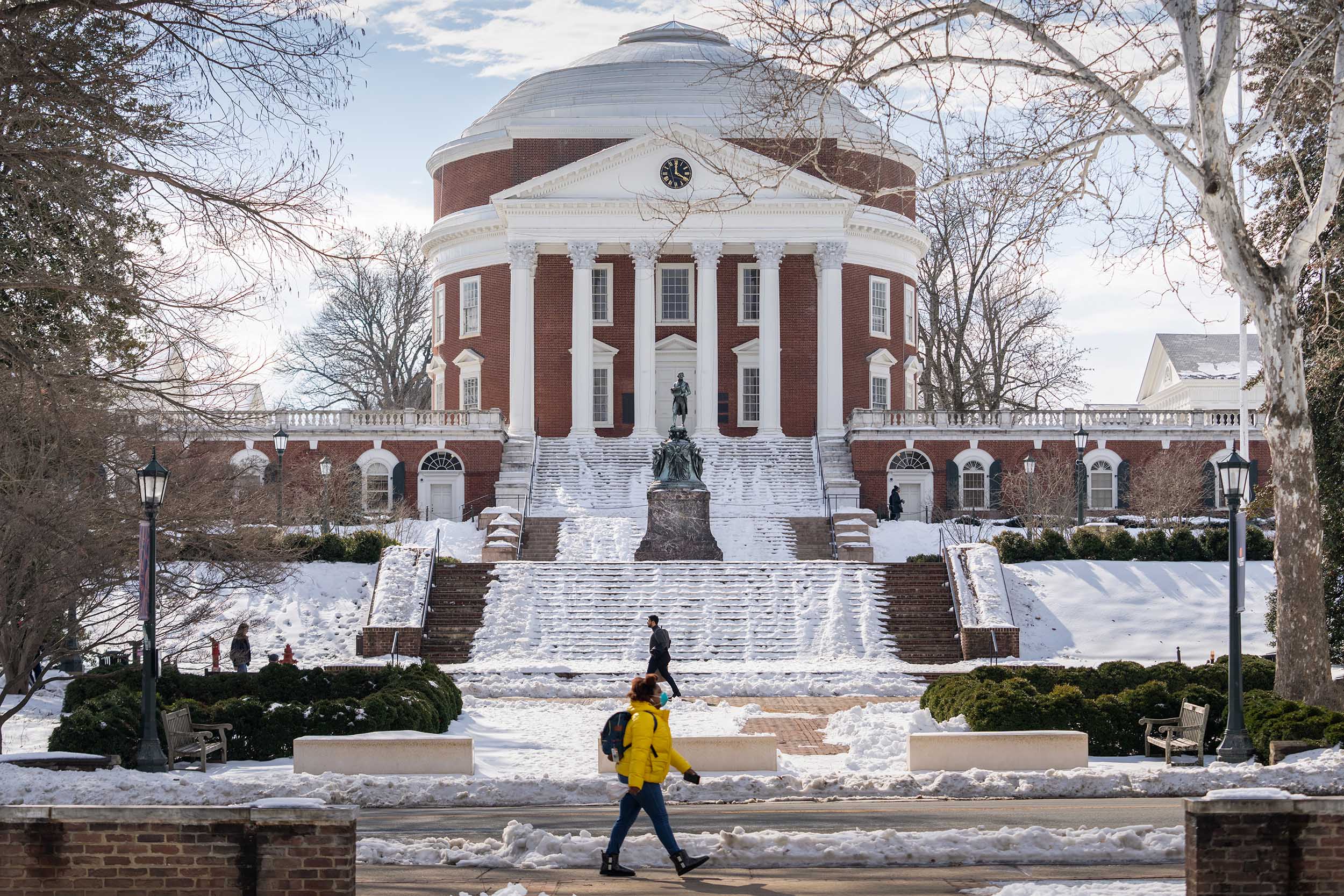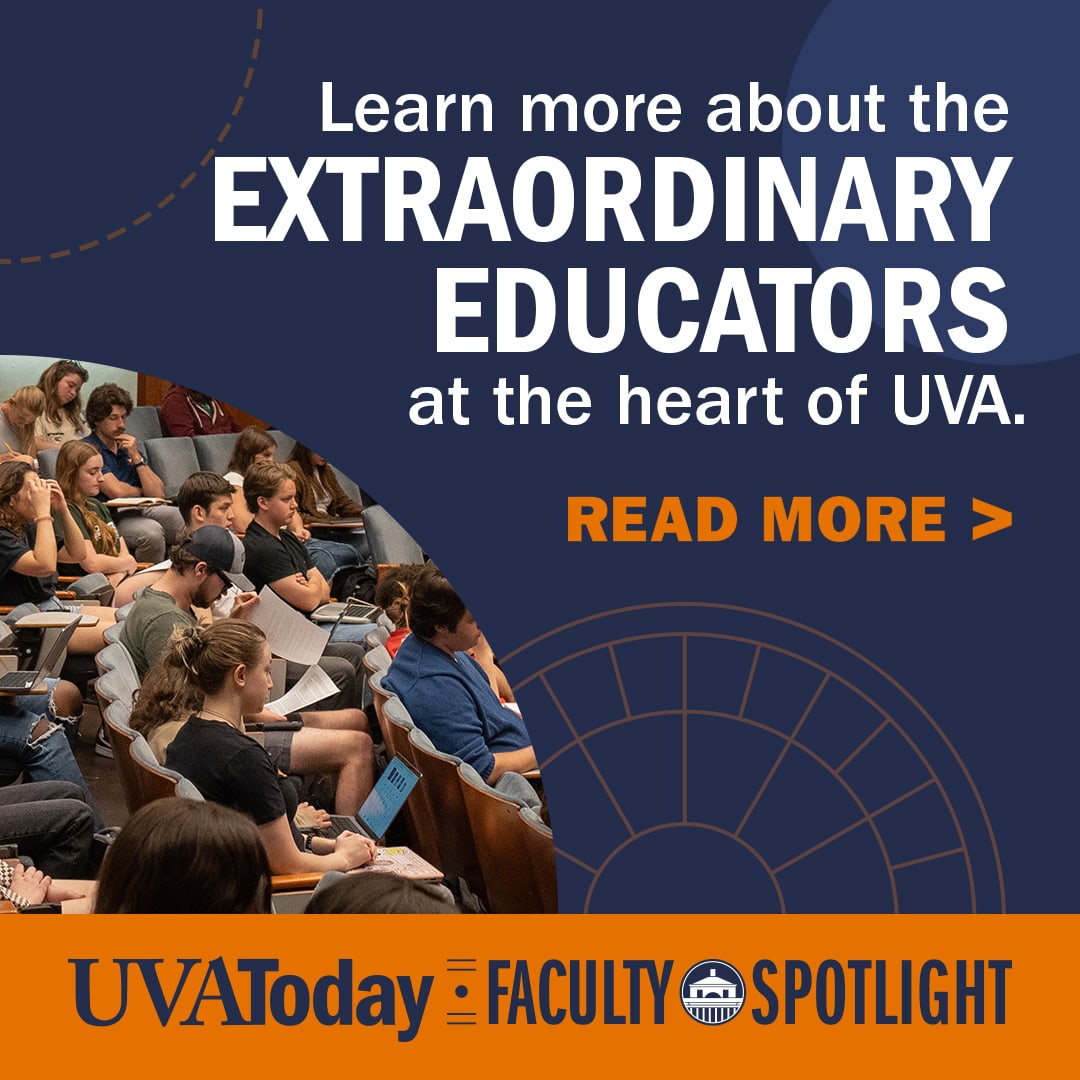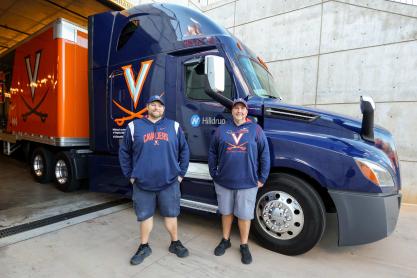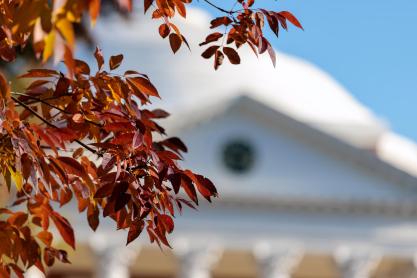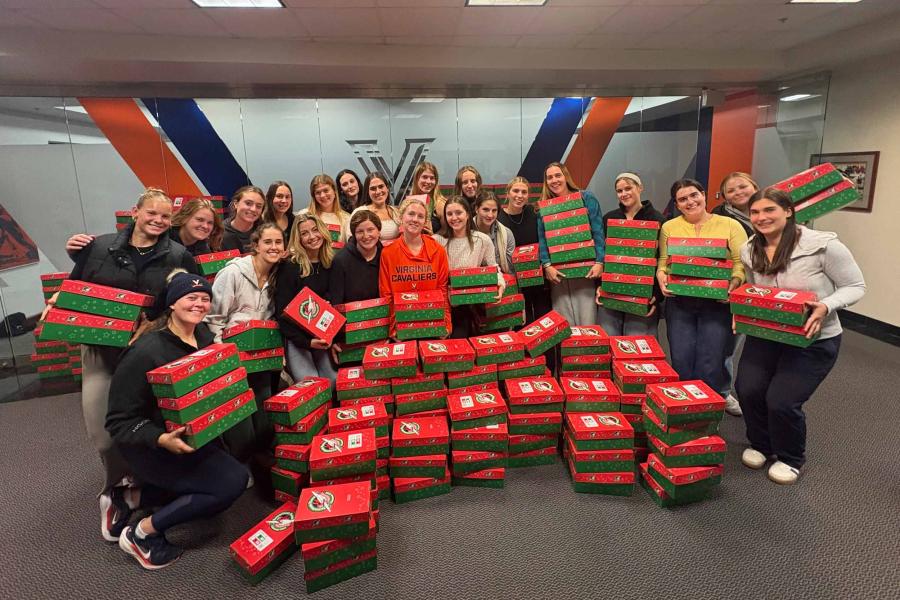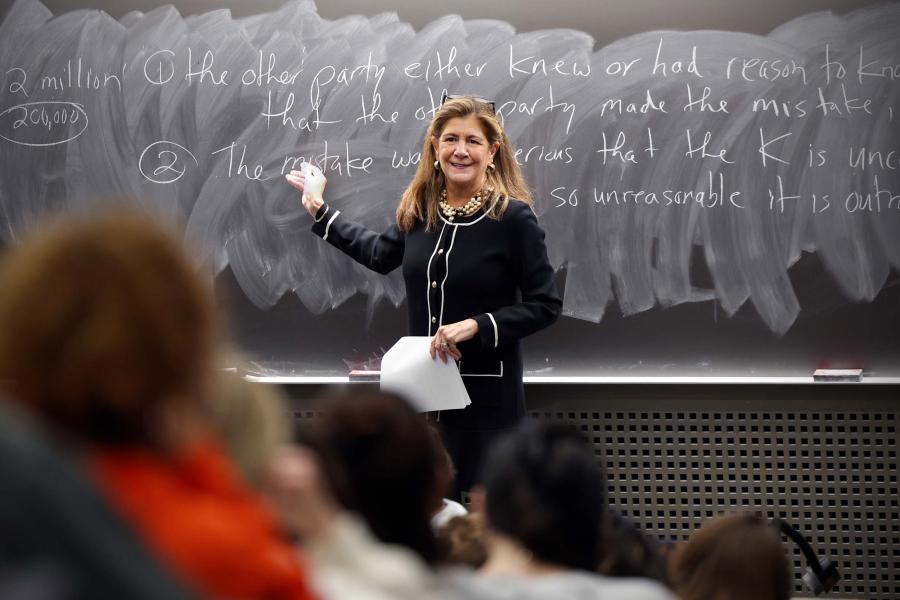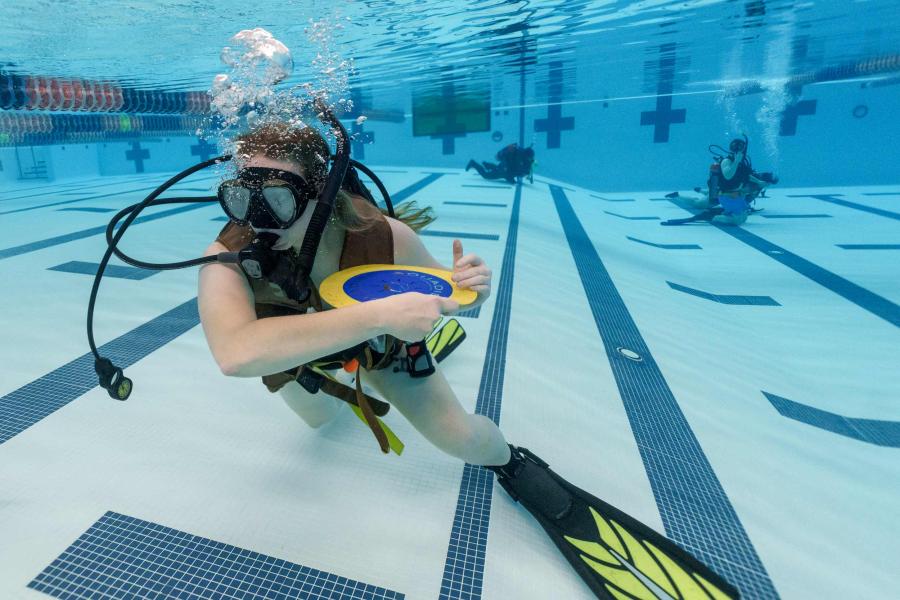A new study from Georgetown University’s Center on Education and the Workforce places the University of Virginia fifth among public colleges – and the highest-ranking flagship university – with the highest 40-year return on investment for low-income students.
The study’s weighted score took into account three things: the graduation rate of Pell Grant recipients, the percentage of students who received the grants, and the percentile rank of 40-year earnings of Pell Grant recipients.
Here are the top 10 public schools in the new ranking and 40-year earnings.
- Maine Maritime Academy: $2.2 million
- Colorado School of Mines: $2.1 million
- California State University Maritime Academy: $1.9 million
- Georgia Institute of Technology: $1.9 million
- University of Virginia: $1.8 million
- SUNY Maritime College: $1.8 million
- College of William & Mary: $1.7 million
- University of California-Berkeley: $1.7 million
- University of Michigan-Ann Arbor: $1.7 million
- University of California-Los Angeles: $1.6 million
The study, “Colleges Where Low-Income Students Get the Highest ROI,” was released earlier this week and ranked 3,380 institutions overall. Its results state that low-income students “get the best financial returns from attending public institutions, where costs are generally lower,” according to Georgetown’s press release.
